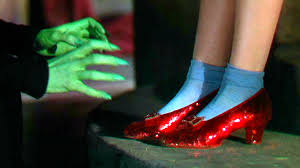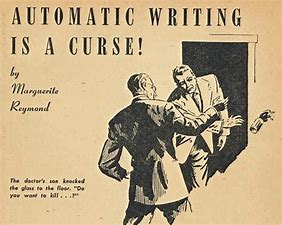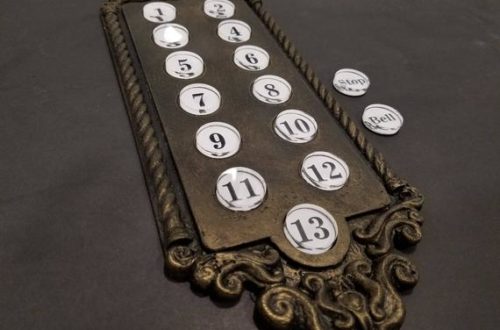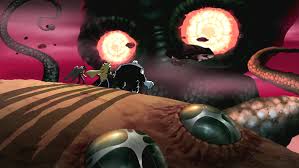
Mandela Effect, Part II–Why Do So Many People Experience It?
Last week, I posted an overview of the Mandela Effect–what it is, and why I think it’s mostly a collective case of faulty memory. While I haven’t completely discounted the idea that the world is changing around us, or that some people flit back and forth between dimensions of the multiverse, I strongly believe that the vast, vast majority of Mandela Effects can be explained by the fact that our memories are not as reliable as we’d like them to be.
So, why do people continue to believe? I think there are two main reasons, which I’ll detail here.
It’s not just memory that’s subjective, but our perception, as well. Put simply, we choose what we want to see. We know that there’s a ton of information hitting us at every moment, and we filter out the things that are unimportant to us. I touched on this briefly last week, but it bears repeating.
Here’s an example–a YouTube video by the presenter All Time Scary discussed the 1939 film The Wizard of Oz recently. One of the Mandela Effects he highlighted was that Dorothy’s socks, which lots of people remember as being white, are actually blue. I submit here that most people have never bothered to look at her socks in the movie, focusing instead on the ruby slippers (which apparently are the subject of another Effect).
The subconscious thought process would go something like this: “Dorothy is wearing a dress during the Kansas scenes that turns out to be blue and white when she arrives in Oz. Her socks in Kansas appeared to be white, and seem to have no color. This was also the case of the lighter parts of her dress, which we can now see are white. Therefore,” says the subconscious, “her socks in Oz are white, but I’m not paying attention to them, because everything just got amazingly colorful, and socks aren’t that interesting.”
See? Subjective perception.
The second point I’d like to make is that as humans, we have a need to feel as if we belong to a group.
The late, great Kurt Vonnegut wrote some essays in which he extolled the virtues of what he called ‘artificial extended families.’ (He also dedicated part of his novel Slapstick to the idea.) Artificial extended families, whether they be people who share a religion, or a political idea, or a profession, or even just similar interests (think about a recent sporting event or concert you attended–didn’t you feel like part of a group?), are part of what he believed was a basic need of humanity.
I think that, in the case of the Mandela Effect in particular, this need to have a shared belief or experience is very strong. You see, (and this is my adjunct to Vonnegut) we don’t just want to belong, we want to feel special in some way. Believing in the Mandela Effect allows its adherents/researchers/experiencers to say “I belong to a group who are more perceptive than other people.” The added advantage here is that they don’t have to look too critically at their own perception and memories, because “here are thousands of people on Reddit or YouTube who remember Dorothy wearing white socks.”
I think that the combination of those three things–faulty memory, subjective perception, and the need to belong can explain the vast, vast majority of recorded Mandela Effects.
Does this mean that Mandela Effects don’t occur? Not necessarily. But as researchers and paranormal enthusiasts, we need to apply a rigorous standard before jumping to conclusions. We all know the standard line about UFOs–that 95% of sightings can be explained, and it’s the 5% that matter. We need to approach the Mandela Effect the same way, or it becomes simply a matter of faith. And while faith can move mountains, it will rarely convince a skeptic.
Moving forward, I call on all Mandela Effect researchers to look critically at any new Effect before claiming it as a true example. Separating the wheat from the chaff is the only way to know for sure what’s going on. And, like so many others, I would love to know what’s going on.



